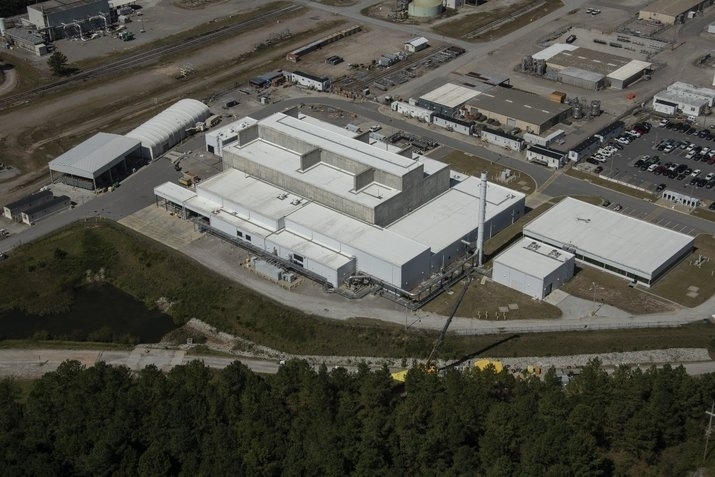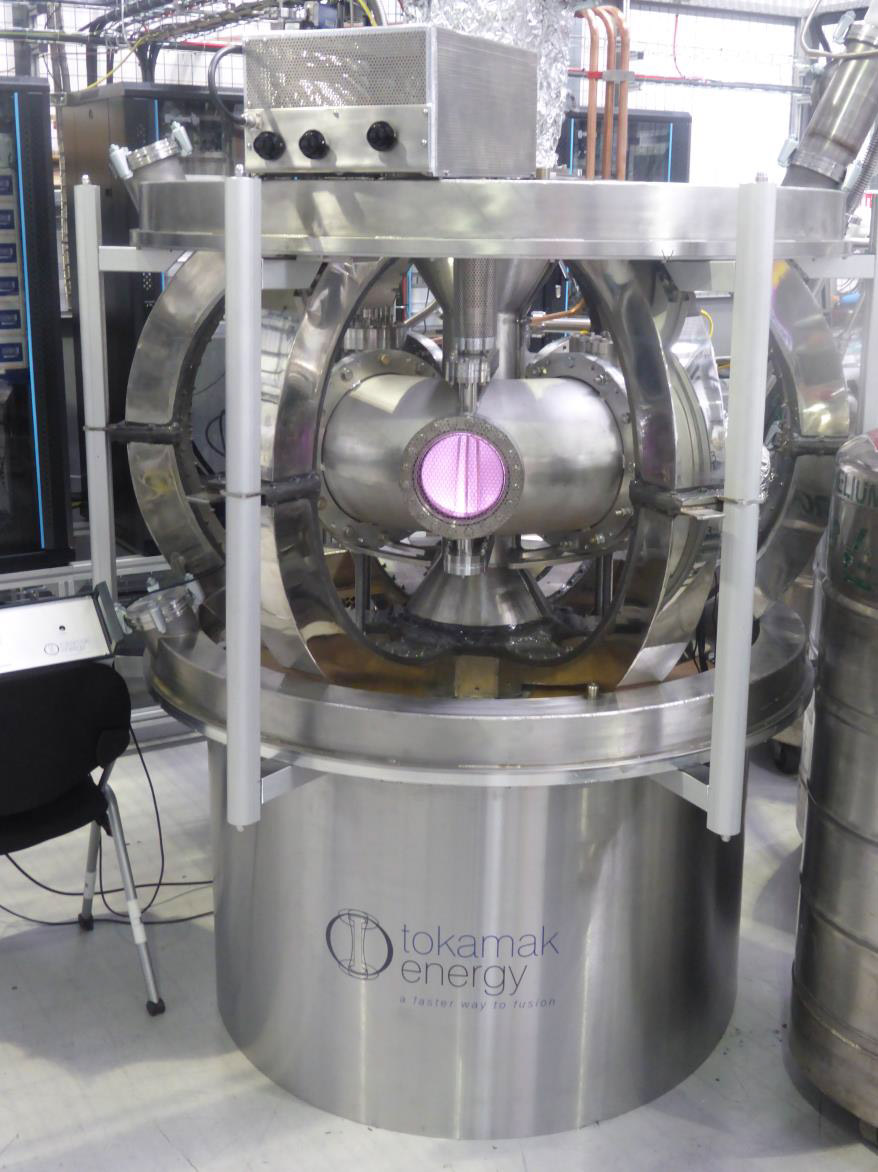
An aerial view of the Salt Waste Processing Facility at SRS. Photo: DOE
The hot commissioning testing phase of operations at the Salt Waste Processing Facility (SWPF) has been completed, signaling the facility’s entrance into fully integrated operations with the other liquid waste facilities at the Department of Energy’s Savannah River Site in South Carolina.
Radiation shielding, environmental emissions, and product waste acceptance requirements were all tested and validated during the commissioning phase of the SWPF, the DOE announced on January 19. The SWPF will treat the approximately 31 million gallons of remaining salt waste currently stored in underground tanks at SRS.
Parsons Corporation, the contractor that designed and built the first-of-a-kind facility, will operate the SWPF for one year, beginning this month. It is anticipated that the facility will process up to 6 million gallons of waste during the first year of operations.






 The U.S. House of Representatives Committee on Science, Space, and Technology is leading a one-day social media campaign today to highlight the importance of leading with science and scientific solutions as the committee works to provide support for science and the scientific community. The “tweetstorm” will run from noon to 5 p.m. (EST) and will involve a variety of science-related organizations, including the American Nuclear Society.
The U.S. House of Representatives Committee on Science, Space, and Technology is leading a one-day social media campaign today to highlight the importance of leading with science and scientific solutions as the committee works to provide support for science and the scientific community. The “tweetstorm” will run from noon to 5 p.m. (EST) and will involve a variety of science-related organizations, including the American Nuclear Society.


 President Biden has appointed
President Biden has appointed

 The Nuclear Threat Initiative (NTI) and the Center for Advanced Defense Studies (C4ADS) last week released
The Nuclear Threat Initiative (NTI) and the Center for Advanced Defense Studies (C4ADS) last week released 

 Five former chairmen of the U.S. Nuclear Regulatory Commission—Stephen Burns, Allison Macfarlane, Nils Diaz, Richard Meserve, and Dale Klein—
Five former chairmen of the U.S. Nuclear Regulatory Commission—Stephen Burns, Allison Macfarlane, Nils Diaz, Richard Meserve, and Dale Klein—